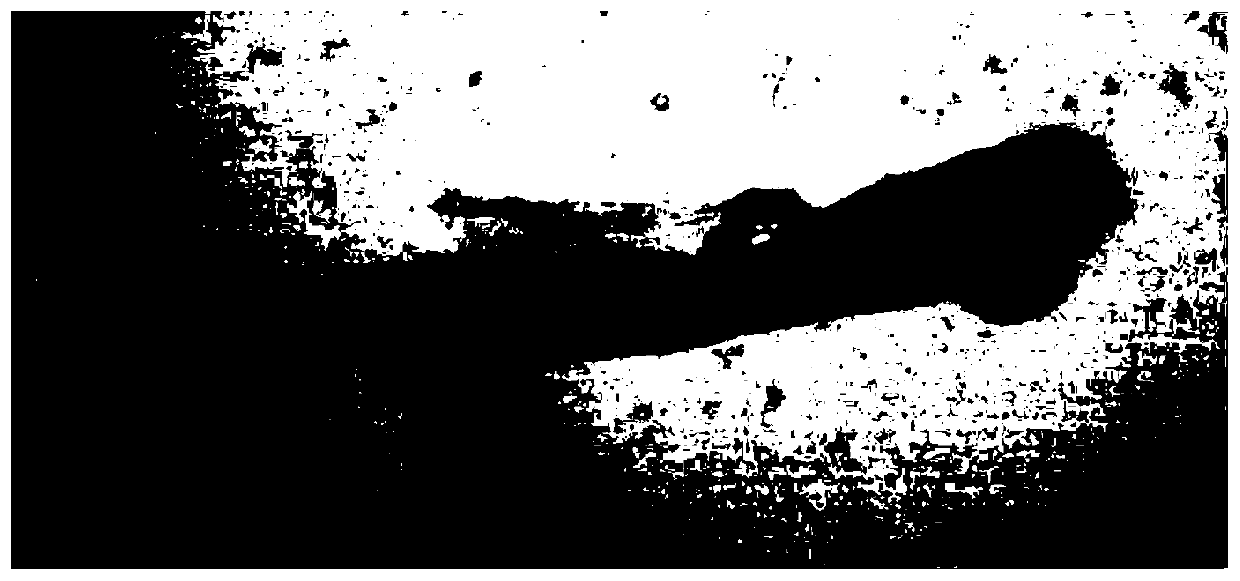Method for preparing novel larval and juvenile fish specimens
A production method and technology of larvae, which are applied in the field of making new larvae specimens, can solve the problems of inability to observe the important characteristics of sarcomeres of larvae, difficulty in morphological identification of resource larvae, and inability to carry out accurate identification, so as to prevent The effect of calcium ion loss, stable results, and not easy to deteriorate
- Summary
- Abstract
- Description
- Claims
- Application Information
AI Technical Summary
Problems solved by technology
Method used
Image
Examples
Embodiment 1
[0033] (1) Preserve and fix 2 larvae that have been cultured for about 1 week (development to the swim bladder inflation stage), and soak them in 10-15% formalin for 2 days;
[0034] (2) Rinse the fixed fish body specimen with clear water for 12-24 hours, dehydrate in 50% ethanol for 1 day, and then dehydrate in 95% ethanol for 1 day;
[0035] (3) Neutralize with saturated sodium borate for 0.5 days to prevent loss of calcium ions.
[0036] (4) with mass concentration of 3% hydrogen peroxide (H 2 o 2 ) Bleach for 1-2 hours to remove epidermal pigment, and wash in trypsin digestion solution, wherein the volume ratio of trypsin digestion solution is saturated sodium borate:water=7:13;
[0037] (5) The specimens were placed in centrifuge tubes and stored away from light, and centrifuged at room temperature at 4000r / min for 3-6 hours to stain until the bone tissue was stained purple. The mass ratio of the staining solution was potassium hydroxide: alizarin: water =1:0.01:100; ...
PUM
 Login to View More
Login to View More Abstract
Description
Claims
Application Information
 Login to View More
Login to View More - Generate Ideas
- Intellectual Property
- Life Sciences
- Materials
- Tech Scout
- Unparalleled Data Quality
- Higher Quality Content
- 60% Fewer Hallucinations
Browse by: Latest US Patents, China's latest patents, Technical Efficacy Thesaurus, Application Domain, Technology Topic, Popular Technical Reports.
© 2025 PatSnap. All rights reserved.Legal|Privacy policy|Modern Slavery Act Transparency Statement|Sitemap|About US| Contact US: help@patsnap.com


